5. Simple Men (1992)
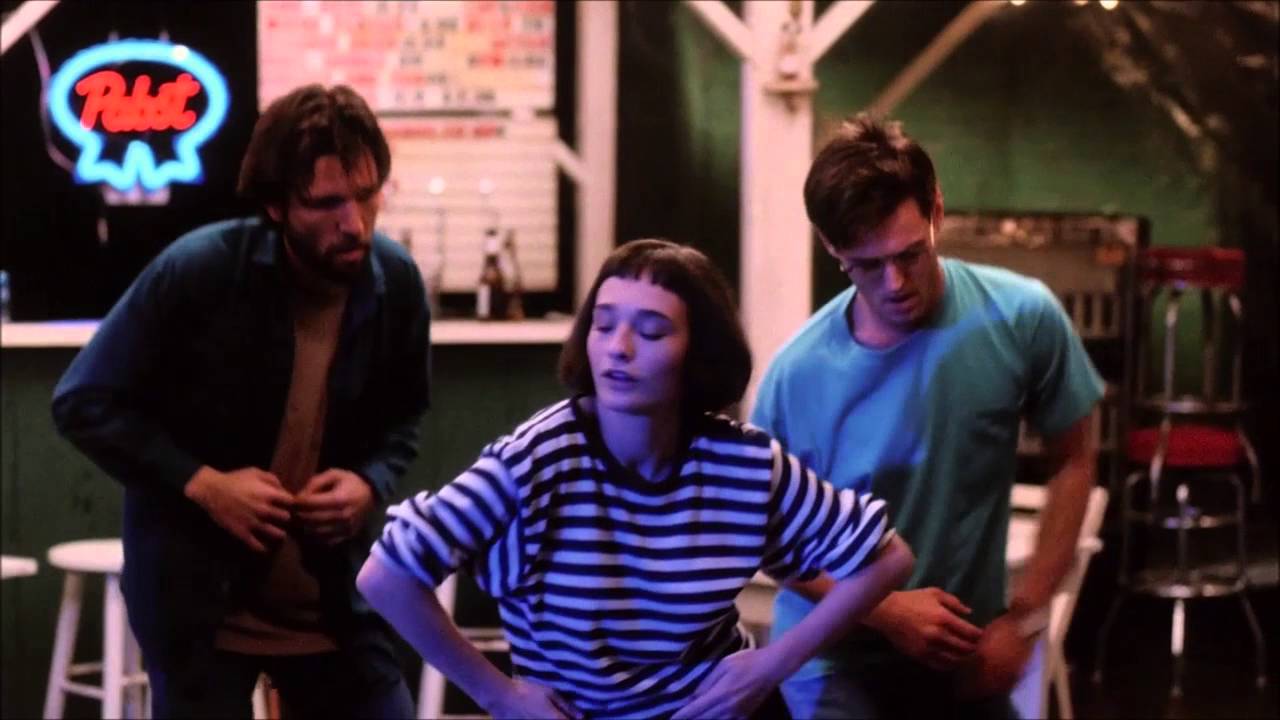
One of the most renowned scenes from all of Godard’s feature films is probably the one from “Bande à part” showing Anna Karina with her companions dancing to the music in a smoke-covered Paris jazz club. The alluring power of that scene must have left Hal Hartley with an awe as he referred to it in the last part of his Long Island Trilogy “Simple Men”. The above-mentioned scene is though not the only one thing in “Simple Men” which reminds us of the famous French director as the seemingly criminal plot is here severely deconstructed through the course of the events, mocking the genre conventions in purely Godardian manner.
Hartley tells us a really simple story of two brothers who set off to find their father who just fled the hospital. The initial intrigue eventually turns out to be a kind of Hitchcockian McGuffin so frequently used also by Godard e.g. in “Breathless” and “Pierrot le Fou”. After crashing into a bizarre diner, both men begin to taste the charms of a local life and the classical narrative plot falls apart forming modernist collage of juvenile energy beautifully composed with grotesque-like entourage typical for Long Island Trilogy and the majority of Hartley’s works.
Finally it seems that even the choice of actors was not accidental and could have been influenced by Godard as it wouldn’t be a massive exaggeration to say that Elina Löwensohn looks in Hartley’s picture quite like Godard’s first muse and wife Anna Karina.
4. Buffalo ’66 (1998)
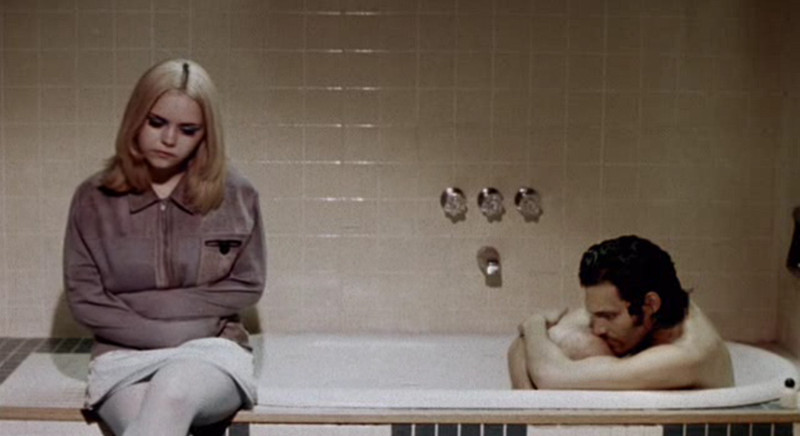
What a great period that was when such stylish and vibrantly enmeshing alternative movies could make it mainstream. For some of their authors like Danny Boyle (“Trainspotting”), it was the beginning of a massive career, for others like Rémy Belvaux and André Bonzel (“Man Bites Dog”), it turned out to be just a one hit wonder, and for a director like Vincent Gallo, an exception in his deliberately chosen path far away from Hollywood’s flashing lights. After years it seems quite symbolic because that is exactly the way his “Buffalo ’66” looks like.
It is spontaneous, immensely creative, unpretentious and exhibits an exquisite taste when it comes to juxtaposing seemingly unfitted spaces with seemingly unfitted narrative plot accompanied by seemingly unfitted soundtrack. Also the cast seems genuinely selected with spectacular Ben Gazzara, outstandingly grotesque Anjelica Huston portraying a massive sport fan mother and Christina Ricci who is doing pretty well in an ambiguous role of a smokescreen lover.
“Buffalo ’66” is a story of a man who went out of prison and due to the lack of better options had to hit back to his parent’s house trying to conceal any information about his past. For this reason he asks a teenage girl to pretend as his lover and comes back home where everything seems a little strange.
Again, as in many Nouvelle Vague movies, “Buffalo ’66” doesn’t fall back strictly on the storyline, but on its author’s stamp, providing us with so many remarkably surprising ideas. We watch Ben Gazzara breaking the fourth wall and performing a song completely incongruent to the plot. We watch Christina Ricci performing a subtle dance in a suddenly desolated bowling club. When Vincent Gallo was once asked if he was influenced by Cassavetes or Godard, he quickly denied. Intriguing indeed where did all of his ideas came from…
3. Mean Streets (1973)
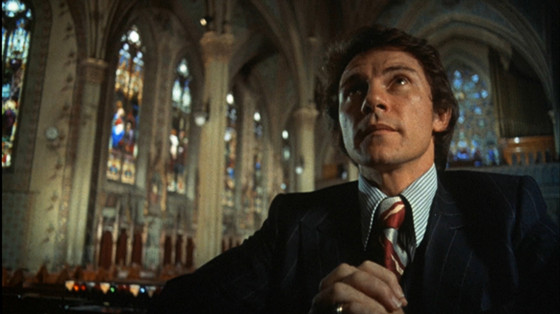
Although being one of the greatest directors of modern cinema, Martin Scorsese has never been so overweening and pompous to deny having many directing inspirations. On the contrary, he frequently cited important movies which had a substantial impact on his works and even supported many retrospectives of the directors he particularly admired. One of them was clearly Jean-Luc Godard who, although being praised by Scorsese especially for “The Contempt”, has left his mark on Scorsese’s works mainly with “Bande a Part”, “Pierrot le Fou” and “2 or 3 Things I Know About Her”. All of those impacts can be explicitly seen in one of Scorsese’s earliest movie “Mean Streets”.
Although typical for Scorsese in terms of the theme, “Mean Streets” seems somewhat different to his next classical gangster movies. More like in “Taxi Driver” and less than in “Casino” or “Goodfellas”, Scorsese’s first globally acclaimed picture offers a very tense atmosphere which is independent to the plot and originates from unique mise-en-scène represented by suffocating interiors, tight corridors and filthy streets where no one would like to be placed in.
Despite being commonly labeled as a pure crime movie, it recounts a story of an existential struggle and gradual discovery of inability to be a gangster and devoted catholic at the same time. It is indeed a very humanistic movie in which Scorsese is bravely experimenting with classical conventions by breaking many rules previously inherent to the mob movies. Not to mention the fact that nearly 50 years since its premiere, “Mean Streets” still remains one of the boldest and most important deconstructions conducted upon the American genre cinema.
2. W.R.: Mysteries of the Organism (1971)
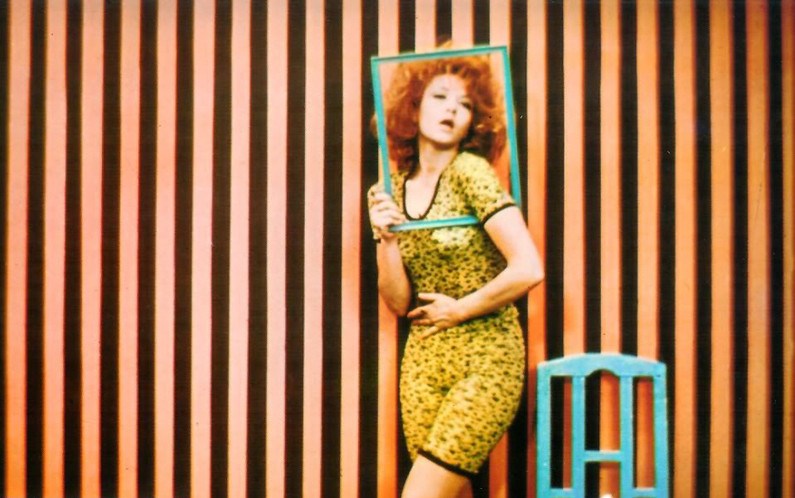
From all of the movies mentioned in the following list, the vibrantly nonchalant work of Yugoslavia’s most acclaimed director Dušan Makavejev is considerably the closest in terms of style to Godard’s second period (“Week-end”, “Tout va bien”) and resembles more a film essay than a typical fiction. It would be fair to say that “W.R.: Mysteries of the Organism” successfully denies any possible genre classification as in this remarkably intriguing picture, one can find the traits of documentary, musical, comedy and many more.
Please stop here for a moment and behold the emblematic choice of genres Makavejev dared to mingle in only one movie. Such experiments were commonly allowed only during the booming era of the modernist cinema and mainly driven by Jean-Luc Godard who also didn’t hesitate to interweave crime movie with musical or romance with documentary. Nevertheless, in this particular aspect of filmmaking, Makavejev has probably even outreached the French master, creating one of the most symbolic pictures of the global New Wave movement.
The film initially seems like an outlandish biopic of Wilhelm Reich, a Austro-American psychoanalyst to whom the movie owes its title. Makavejev takes us for a trip to the small village in the United States where Reich used to live to recount the story of his life and introduce him from more private point of view by gathering the testimonials from his former neighbors and wife. The film though quickly shifts its form and jumps into Yugoslavia to tell a purely fictional, satiric story of two independent women who planning a sexual upheaval based on Reich’s works.
With the use of very shredded and dynamic montage we seem to constantly float from fiction to reality and gradually grasp the role of this experimental directing strategy. The entire movie resembles a collage of ideas where the core message is constituted upon the parallel of revolution in political and sexual context. If Jean-Luc Godard and Gore Vidal were to make a movie together it would probably look quite like Makavejev’s “W.R.: Mysteries of the Organism”.
1. Chungking Express (1994)
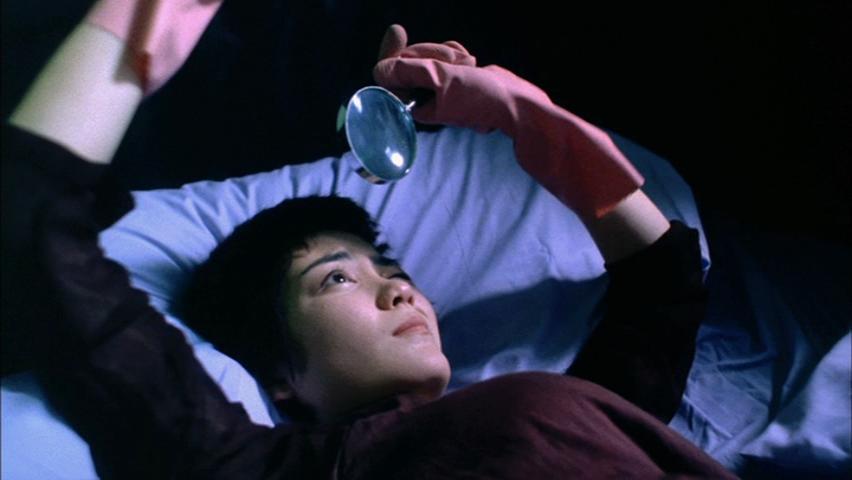
There is a certain logic which underlays the movies of Jean-Luc Godard. Outspokenly flippant structure which permeates through the majority of his works has always contrasted the message he was trying to convey by questioning the society based on consumption, violence and contempt. Undoubtedly, such hidden logic can be also assigned to the Hong Kong director Wong Kar-wai and his seminal film Chungking Express, a ravishing story about modern people lost in a big city which brilliantly echoes the concepts used by Godard in “Breathless”.
Divided into two subtly overlapping storylines, “Chungking Express” dives into the depths of social abyss, takes the most alienated, filled with regret and trapped by reality individuals to depict mesmerizing love stories which obviously can not be easily fulfilled. Both stories explore the emotions underlying romantic highs and lows, both present the desperate need to replace a lost relationship and finally both leave us with a sense of tormenting insufficiency.
Praised for its electrifying tone and dynamic, Godard-like editing style which intensified the immersion in the narrative plot, “Chunking Express” is still one of the most globally acclaimed movies coming from the Far East. After over 25 years it remains an unquestionable masterpiece and presumably Wong Kar-wai greatest achievement.